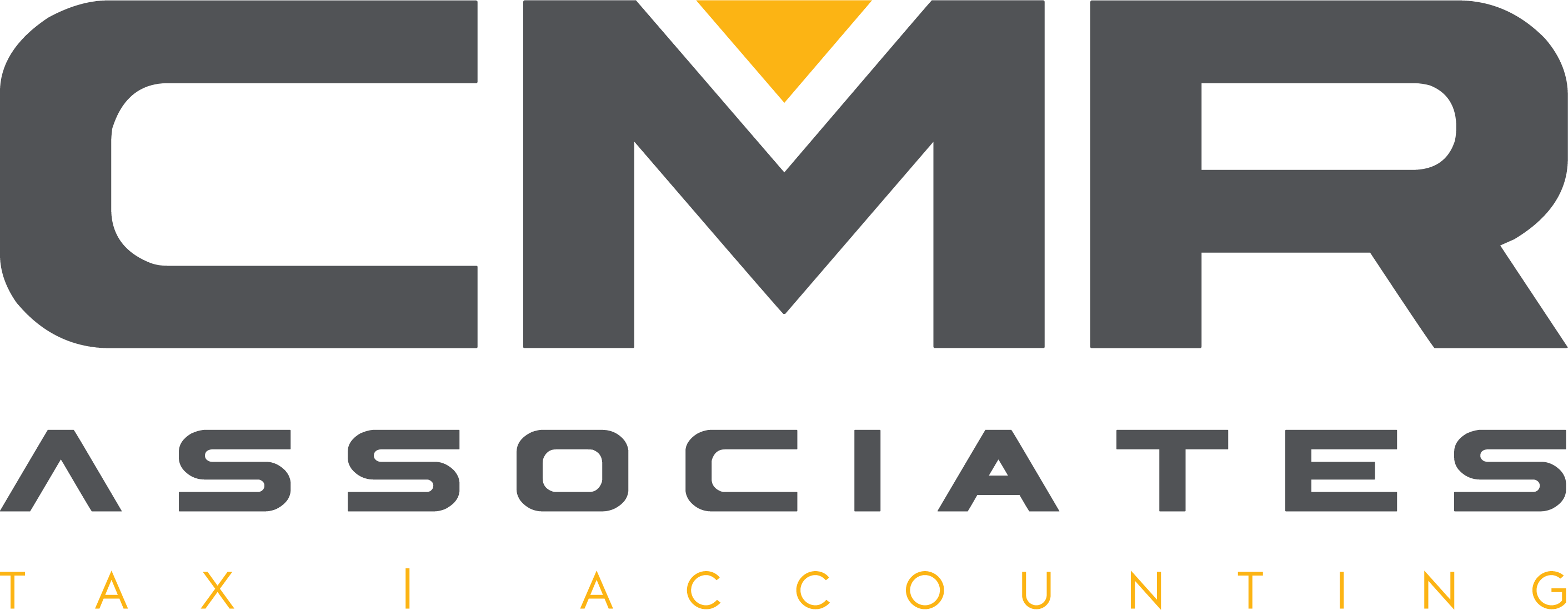Do you still need to worry about the AMT?
There was talk of repealing the individual alternative minimum tax (AMT) as part of last year’s tax reform legislation. A repeal wasn’t included in the final version of the Tax Cuts and Jobs Act (TCJA), but the TCJA will reduce the number of taxpayers subject to the AMT.
Now is a good time to familiarize yourself with the changes, assess your AMT risk and see if there are any steps you can take during the last several months of the year to avoid the AMT, or at least minimize any negative impact.
AMT vs. regular tax
The top AMT rate is 28%, compared to the top regular ordinary-income tax rate of 37%. But the AMT rate typically applies to a higher taxable income base and will result in a larger tax bill if you’re subject to it.
The TCJA reduced the number of taxpayers who’ll likely be subject to the AMT in part by increasing the AMT exemption and the income phaseout ranges for the exemption:
- For 2018, the exemption is $70,300 for singles and heads of households (up from $54,300 for 2017), and $109,400 for married couples filing jointly (up from $84,500 for 2017).
- The 2018 phaseout ranges are $500,000–$781,200 for singles and heads of households (up from $120,700–$337,900 for 2017) and $1,000,000–$1,437,600 for joint filers (up from $160,900–$498,900 for 2017).
You’ll be subject to the AMT if your AMT liability is greater than your regular tax liability.
AMT triggers
In the past, common triggers of the AMT were differences between deductions allowed for regular tax purposes and AMT purposes. Some popular deductions aren’t allowed under the AMT.
New limits on some of these deductions for regular tax purposes, such as on state and local income and property tax deductions, mean they’re less likely to trigger the AMT. And certain deductions not allowed for AMT purposes are now not allowed for regular tax purposes either, such as miscellaneous itemized deductions subject to the 2% of adjusted gross income floor.
But deductions aren’t the only things that can trigger the AMT. Some income items might do so, too, such as:
- Long-term capital gains and dividend income, even though they’re taxed at the same rate for both regular tax and AMT purposes,
- Accelerated depreciation adjustments and related gain or loss differences when assets are sold,
- Tax-exempt interest on certain private-activity municipal bonds, and
- The exercise of incentive stock options.
AMT planning tips
If it looks like you could be subject to the AMT in 2018, consider accelerating income into this year. Doing so may allow you to benefit from the lower maximum AMT rate. And deferring expenses you can’t deduct for AMT purposes may allow you to preserve those deductions. If you also defer expenses you can deduct for AMT purposes, the deductions may become more valuable because of the higher maximum regular tax rate.
Please contact us if you have questions about whether you could be subject to the AMT this year or about minimizing negative consequences from the AMT.





